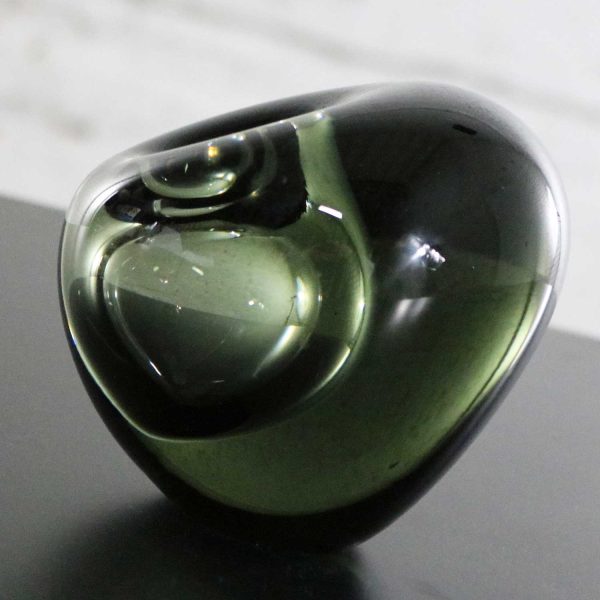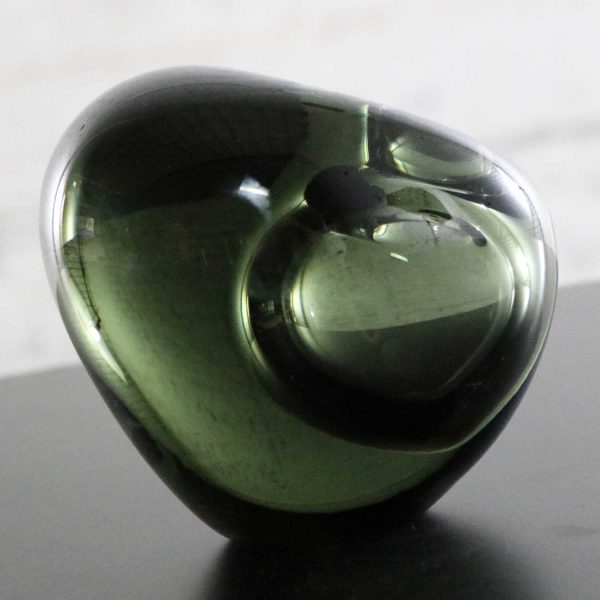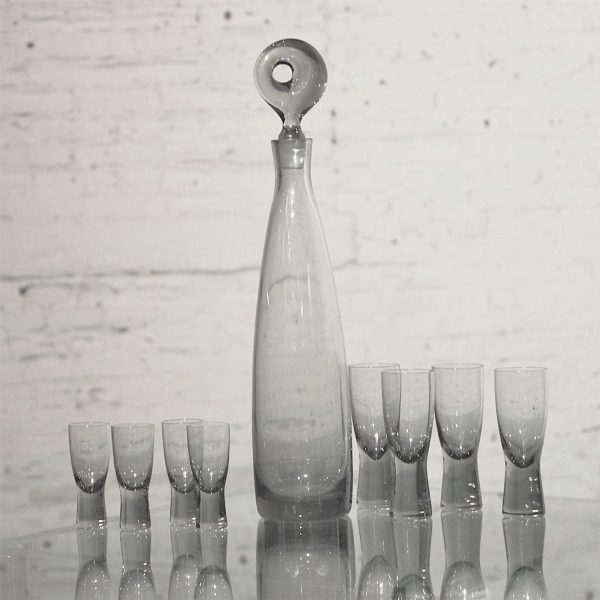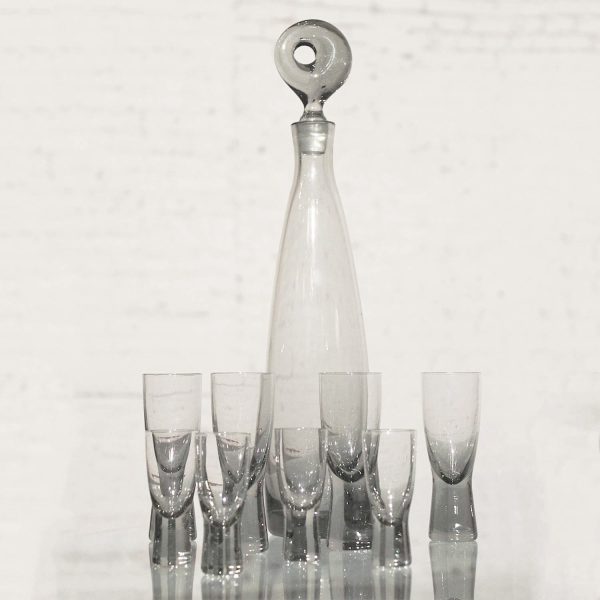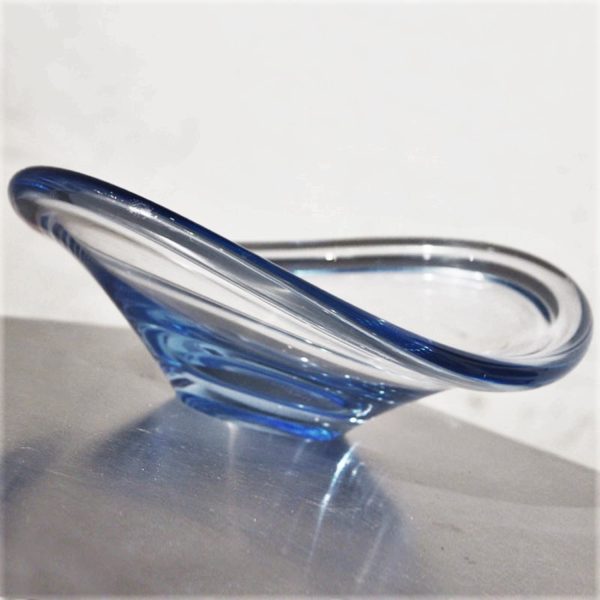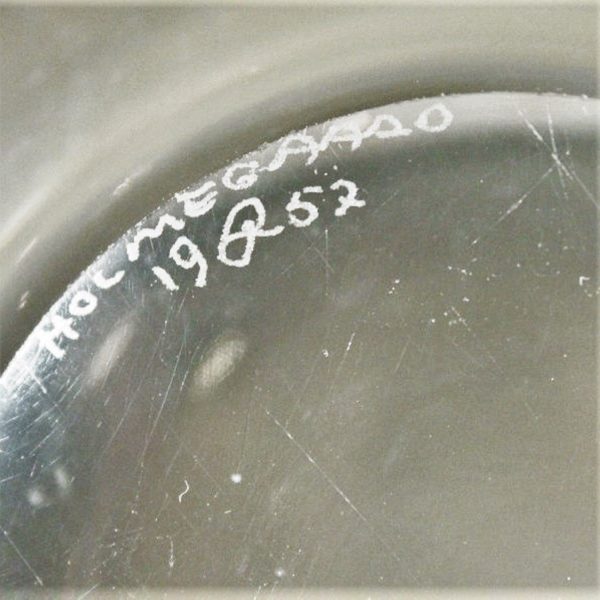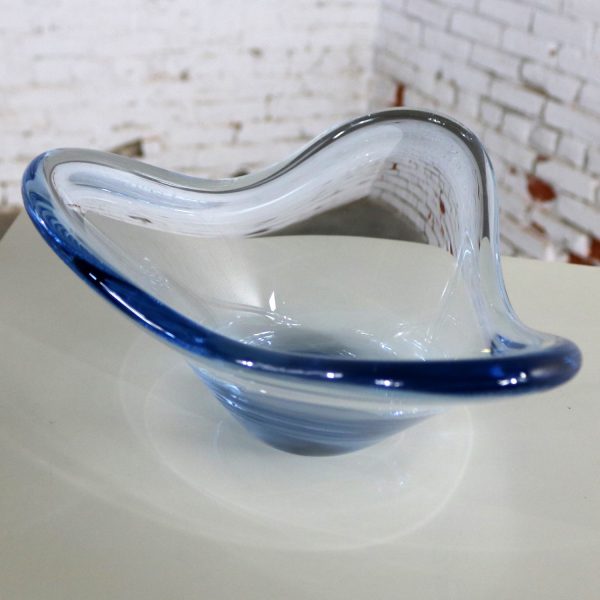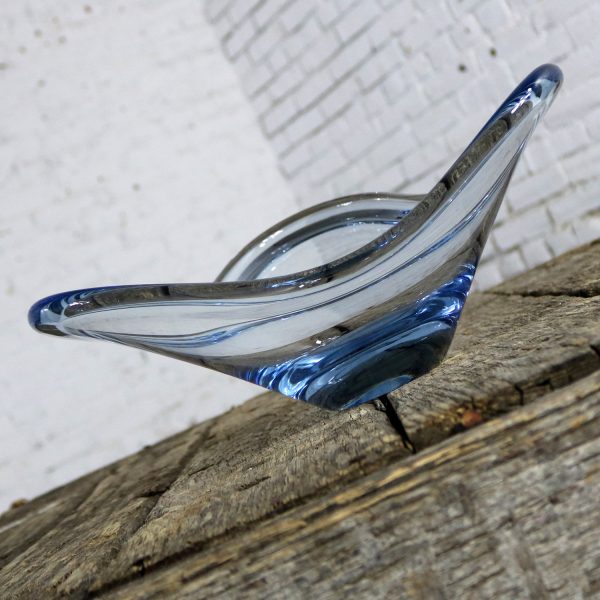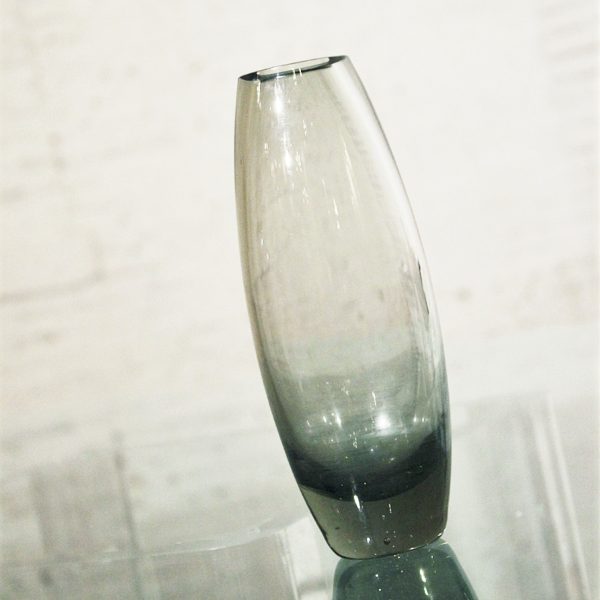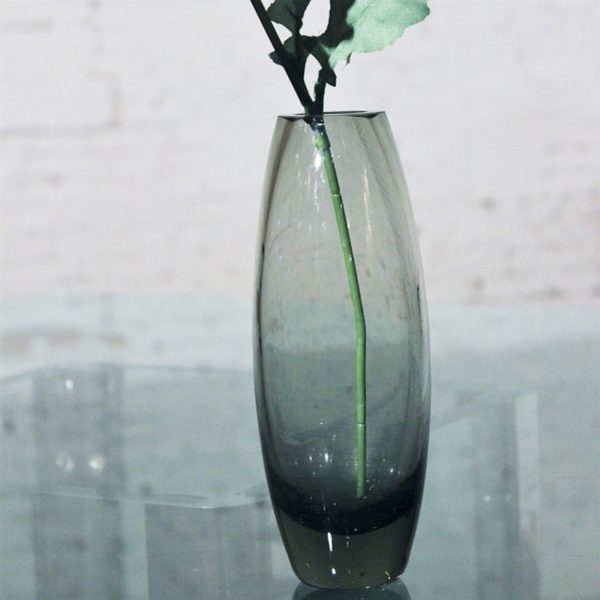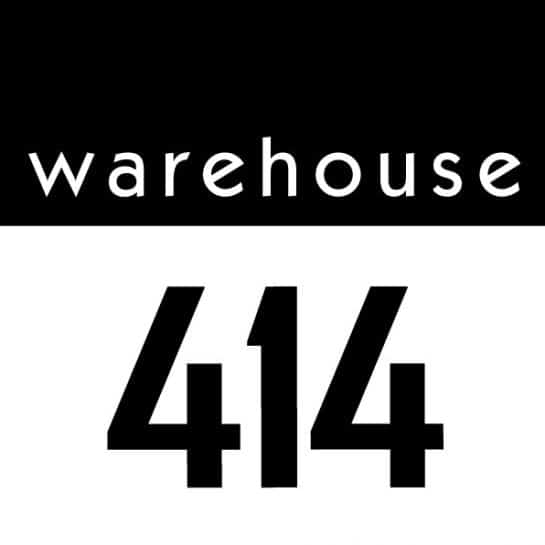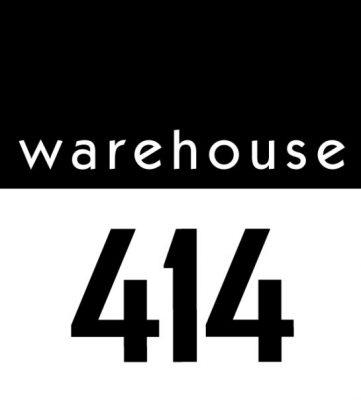The history of Holmegaard Glassworks is as interesting and unique as their beautiful glass. It all began when permission was eventually granted by the King of Denmark to Count Christian Danneskiold-Samsoe to build a glass factory. The Count’s request was prompted by the King’s decision to tax imported glass. Unfortunately, permission came too late for the Count by coming two years after his death. But it did not come too late for his forward thinking and ahead of her times widow, Countess Henriette Danneskiold-Samsoe. So, in 1825 Henriette built and began running a glass factory in the bogs of Holmegaard. The bogs were full of peat which could provide the fuel needed to supply the extreme heat required to blow glass. The Countess knew nothing of glass making, which was a running theme through Holmegaard history so stay tuned. But she ignited a fire which became successful and profitable business in her 18 years as its leader and which extended for the next 100 years when an artistic and design revolution hit Holmegaard in the person of their newest leader, Jacob E. Bang. Bang, like Henriette, knew nothing about glass production. But under his supervision the company stormed the Scandinavian glass design world from 1925 till his retirement in 1942. Next came Per Lutken to the helm, who, following suit knew nothing about glass in the beginning but may have become the most successful and prolific leader to date. He remained till his death in 1998. In the 1960s none other than Jacob Bang’s son, Michael Bang, joined Per to lead the company during their most successful decades. Bang, Lutken, and Bang according to some sources are deemed the creative trinity that brought Danish glass design to the world. Lesia Zuk joined Holmegaard in 2008, and you got it, with no glass making knowledge. She helped keep Holmegaard afloat until they were purchased by Rosendahl, a Danish design company, who owns and runs them today.
Showing 6 of 6 products
